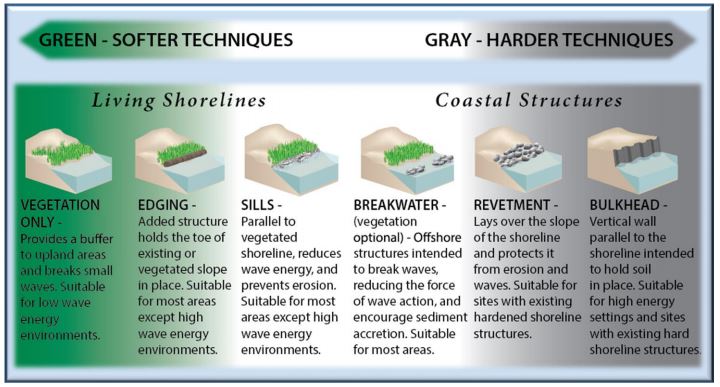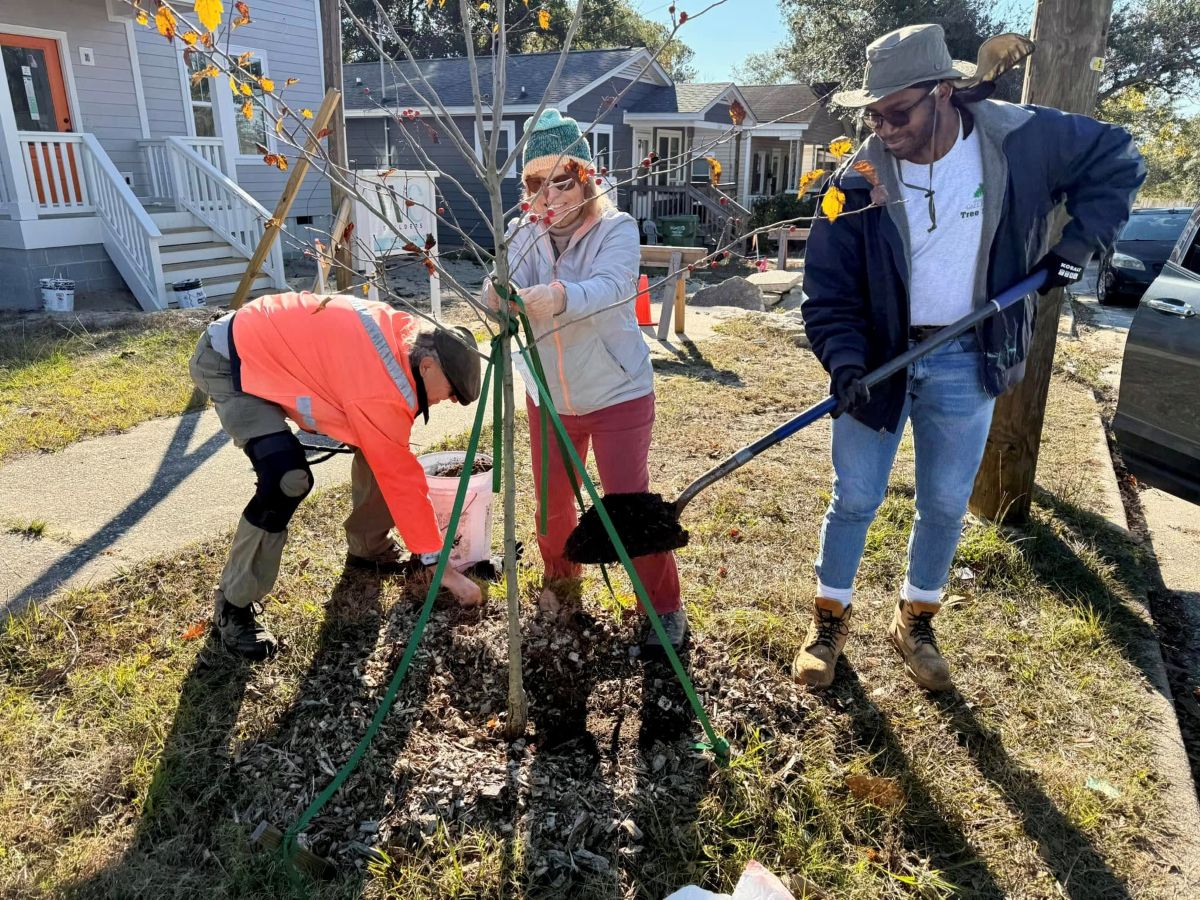
WASHINGTON, D.C. – A bill introduced in Congress in December would direct the National Oceanic and Atmospheric Administration to make grants available to states, local governments and other organizations for shoreline stabilization projects using natural materials.

Rep. Frank Pallone Jr., D-N.J., introduced the Living Shorelines Act of 2017, which would help eligible recipients in carrying out large- and small-scale, climate-resilient living shoreline projects and encourage innovation in the use of natural materials to protect coastal communities. The bill would appropriate $20 million to the NOAA administrator each year from 2018 through 2023 for the program.
Supporter Spotlight
The bill was referred to the House Natural Resources Subcommittee on Water, Power and Oceans.
Protection, under the bill’s language, would include mitigating the effects of erosion, absorbing the brunt of coastal storms, mitigating shoreline flooding, mitigating the effects of sea level rise and other forms of protection as determined by the NOAA administrator.
Living shorelines are defined in the bill as a means to mitigate the effects of erosion caused by shoreline flooding or inundation, currents and wave energy, through ecological and coastal engineering designs that incorporate as many natural elements as possible, such as native wetlands, submerged aquatic plants, native grasses, shrubs, oysters or other shellfish.
Approved projects would have to be monitored for effectiveness with a report due by Dec. 31, 2022.






